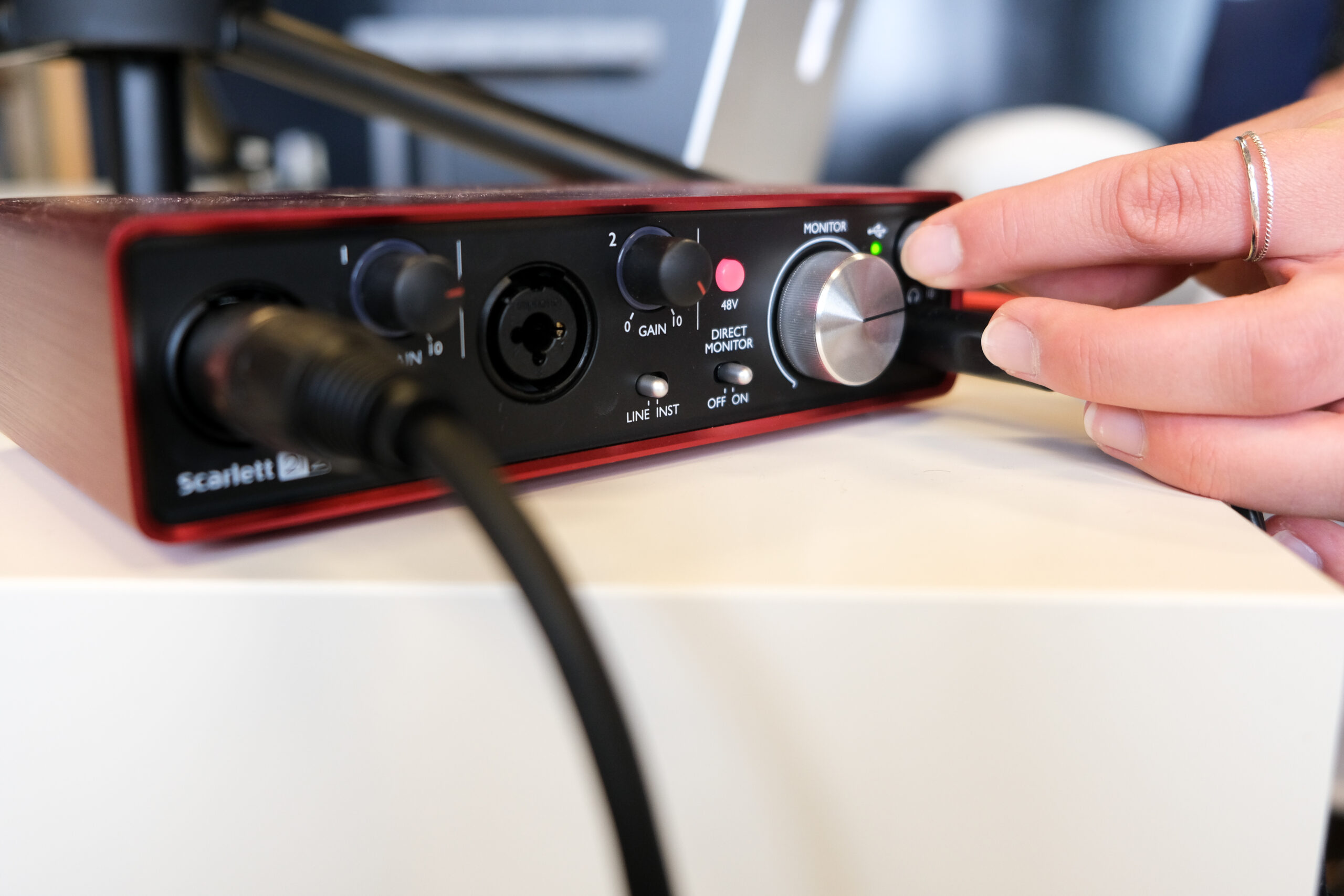The pressure to meet high performance metrics and simultaneously innovate is a duality that enablement leaders are constantly faced with. While they are tasked with maintaining meaningful programs that deliver consistent results for the business, it is also critical that they are able to proactivaly strategize forward-thinking initiatives that drive revolutionary outcomes.
The desire for both substantial performance along with future-focused innovation, while challenging to balance, presents a unique opportunity for enablement leaders to help organizations carve out and sustain a competitive advantage. While the status quo is often alluring, the fast-paced business landscape today requires agility and creative thinking to stay ahead of the curve as the needs of the market change.
“The biggest enemy to successful programs is ‘we’ve always done it this way,’” said Rebecca Bell, director and team lead, office of the president, at Zendesk.
Below are three key points of intersection between performance and innovation that enablement can keep in mind in order to achieve a sustainable balance between the two.
Invest in Proactive Long-Term Strategy Planning
One of the most prevalent reasons why it can be challenging to balance day-to-day performance and the needs of the future is the lack of time. When seemingly urgent requests continuously come up throughout the day that vie for enablement’s attention, leaders can feel pulled in a million directions. If it appears that there is always a fire to put out, then leaders can quickly get bogged down by short-term thinking rather than considering long-term optimizations.
“I think we can all identify with that in the enablement function,” said Adriana Romero, senior manager of productivity at Salesforce. “We all are trying to accomplish onboarding, always-boarding, a workshop. There’s always a fire on the floor…If we have a structure, we can try to be more proactive than reactive, and then we know what we need to do to actually address the gaps on the floor.”
To overcome this, it can help to designate time on a regular cadence to brainstorm opportunities for innovation and plan ahead for the future. For example, consider spending one hour a week digging into the latest competitive intelligence, or gather a group of cross-functional colleagues to brainstorm program optimizations to test on a monthly basis.
Taking this intentional time to think strategically about the future on a regular basis can help build a habit of proactive planning and creative thinking. Over time, this can help leaders build the problem-solving and decision-making skills that are needed to prioritize short-term execution and long-term sustainability.
Evolve Your Leadership Style
Effective leadership is not defined by a singular style, but rather is influenced by the attributes in a particular leader’s toolkit. When finding a balance between performance and innovation, it becomes even more important for leaders to hone their individual strengths as it relates to the needs of the business rather than trying to fit within a specific mold or emulate another leader entirely.
In fact, the most effective leaders are able to adapt to the situation and call upon different styles of leadership as needed. Teams who may need more talent development in order to perform, for example, could benefit most from leaders who seek to unlock their potential through deeply collaborative coaching. This may differ from leaders who need to take a more “hands-off” approach to allow for individual exploration and innovative thinking. Regardless of the teams’ needs, it is crucial for leaders to first recognize the impact that they need to make, and then how to do so.
Evolving one’s leadership style based on the scenario can feel uncomfortable, as it requires leaders to practice skills that may feel unnatural or counter to one’s strengths. However, leveraging a mix of styles in different scenarios doesn’t have to mean compromising one’s strengths. Rather, it can help leaders maximize their strengths even further by using them in new and different ways, in alignment with their core purpose and values.
“When you dig and think, why am I doing this? And you are then reminded of the reason, then you’re willing to go through uncomfortable changes that you need to go through to get there,” said Carole Mahoney, founder of Unbound Growth.
Curate a Fulfilling Environment to Motivate High Performance
Enablement leaders can play a critical role in motivating productivity and high performance among the teams that they support. By prioritizing reps’ well-being and role satisfaction in the design of enablement programs, leaders can help deepen engagement. Since motivation is a driving force behind employee retention, it is also critical to nurture to maintain long-term stability. Enablement should ensure that reps have opportunities to grow while great performance remains consistent.
“The more you’re able to set the stage and set the tone for the team, have them feeling supported, and get them value from what you’re providing, the more you’re able to grow as an enablement function,” said Pam Dake, sales enablement leader.
Consider the following strategies to nurture motivation among the teams that enablement supports:
- Create opportunities for peer collaboration and networking: Through things such as training events, sales kickoffs, mentorship programs, and more, enablement can provide opportunities for teams to come together, share best practices, and build meaningful relationships. Not only does this help teams embrace curiosity and the active exchange of opinions, ideas, and best practices, but it also creates an intersection that feeds into and fosters cross-collaboration, which ultimately fuels innovation.
“I think in enablement, you really have the ideal position to bring everyone together,” said Eline van den Brink, global director of revenue operations at Sana Commerce.
- Provide channels for reps to share their ideas and feedback: Encouraging reps to talk openly about their wants and needs allows enablement to identify the ways in which they can support and deliver on the things that matter most to reps. By providing this space through methods such as a rep advisory board or a listening tour, enablement can demonstrate to reps that their ideas are valued, and more importantly, can lead to action.
- Ensure diversity, equity, and inclusion are foundational to every enablement program: Partner with HR and leaders across the business to ensure that enablement programs are set up to nurture a rep’s a sense of belonging. By embracing diversity and designing programs thoughtfully with equity and inclusion in mind, enablement can help ensure that all reps feel valued and set up for success, with opportunities to continue growing and developing in the organizations.
“Diverse teams are really the most impactful and successful,” said Myisha Procter, director of sales enablement at Custom Ink. “Diversity, inclusion, and equality are bridges to greater opportunities that may have not been there before because more seats at the table gives us opportunities to unlock more opportunities.”
Creating space to construct the future while simultaneously ensuring the satisfaction of short-term results can be challenging, especially during times of rapid change when priorities can become blurred.
By investing in proactive long-term planning, allowing for active feedback, and building a motivating environment, enablement builds bridges between performance and innovation, ultimately contributing to the consistent success of their organizations in a constantly evolving space.










